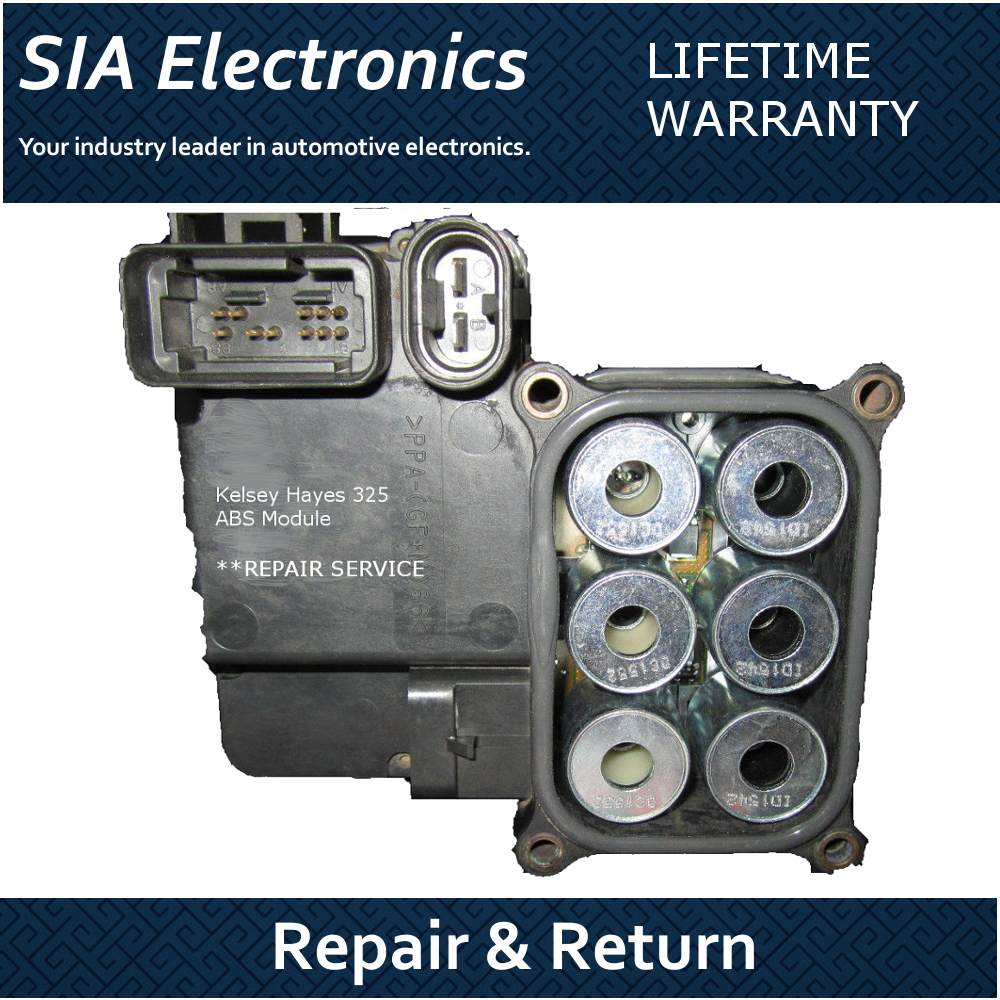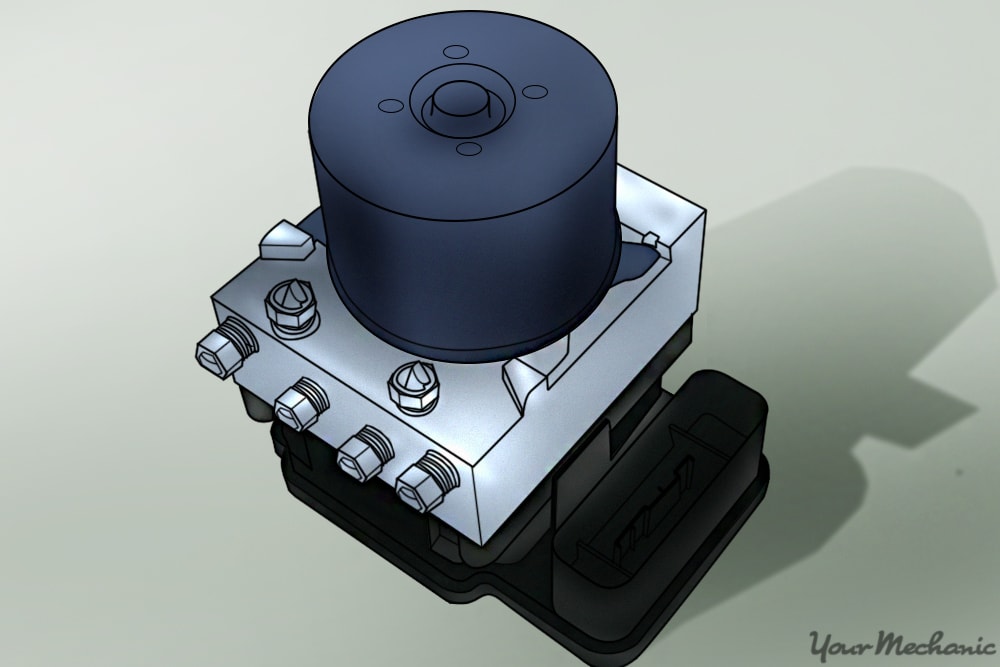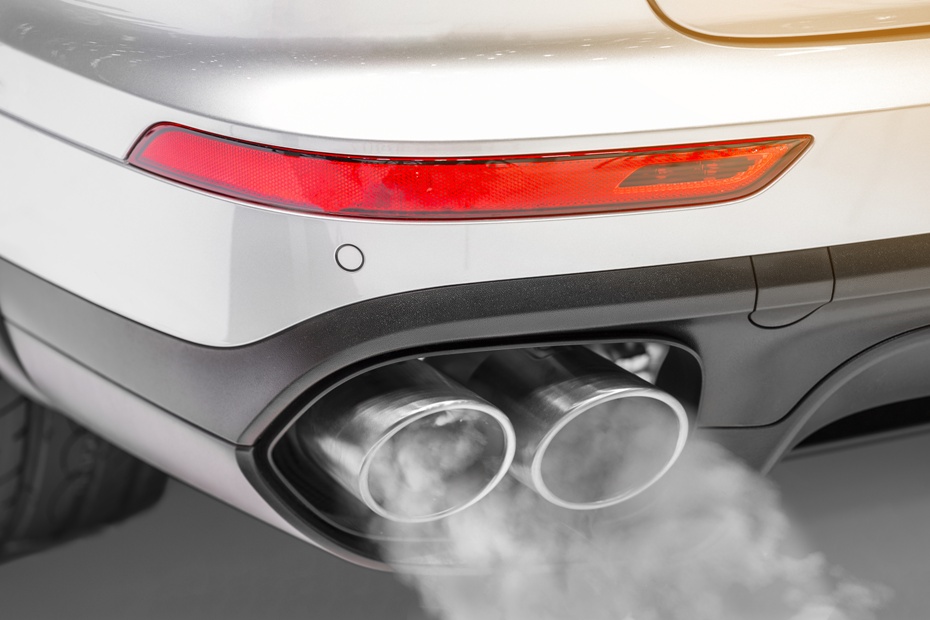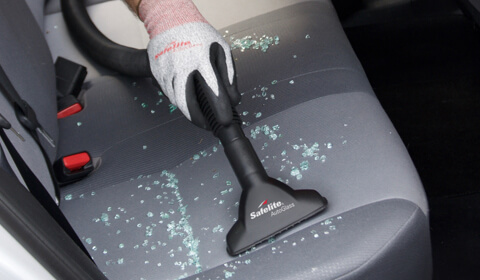How Long Does It Take to Replace Abs Module
Replacing an ABS module typically takes 1 to 2 hours. Mechanics need proper diagnosis and installation time.
Replacing an ABS (Anti-lock Braking System) module is a crucial repair to maintain your vehicle’s braking performance. Auto technicians must first diagnose the ABS system’s issue, often using specialized scanning tools to read trouble codes. Once they determine the module is the fault, they remove the faulty unit, ensuring all brake lines and electrical connections are safely detached.
The installation of a new module follows, requiring precision to ensure all components integrate correctly with the car’s braking system and electronic systems. After installation, the system must be bled to remove air from the brake lines and then thoroughly tested to confirm successful repair and full functionality. Trust in a professional mechanic’s expertise is essential for this complex task to ensure your vehicle remains safe and reliable on the road.
Introduction To Abs Module Replacement
The ABS module plays a crucial role in your vehicle’s safety system. Replacing an ABS module involves technical steps that require expertise. The replacement time varies depending on the car model and the complexity of the system.
Essential Role Of The Abs Module
The ABS module, or Anti-lock Braking System module, helps maintain control during emergency stops. By preventing wheel lockup, it allows drivers to steer safely under heavy braking conditions. Absence of ABS functionality can lead to dangerous driving situations.
Common Signs Of Abs Module Failure
- ABS warning light: Illuminates on your dashboard when there’s an issue.
- Brakes locking up: Possibly leading to skidding during hard braking.
- Unresponsive brake pedal: A spongy or unresponsive pedal is a warning sign.
- Loss of traction control: Noticeable particularly in wet or slippery conditions.
Pre-installation Preparations
Before diving into the task of replacing an ABS module, proper preparations ensure a smooth process. The setup time can impact the overall duration of the replacement. Precise planning means fewer surprises and hurdles along the way.
Tools And Materials Needed
Gather the right tools and materials before starting. This preparation saves time and prevents mid-job disruptions. Below is a list of essentials:
- OBD-II scanner – for diagnosing ABS issues
- Socket set – various sizes for different bolt heads
- Screwdrivers – both flathead and Phillips
- Torque wrench – for precision tightening
- Brake fluid – to top off the system post-installation
- Gloves and safety glasses – for personal protection
- Vehicle service manual – for specific instructions
Vehicle Preparation Steps
Proper vehicle setup is crucial for a successful ABS module replacement. Follow these key steps:
- Ensure a Clean Work Area – Clear space around the vehicle.
- Disconnect the Battery – Safeguard against electrical issues.
- Access the ABS Module – Reference the service manual for location.
- Lift the Vehicle if Necessary – Use jack stands for a secure lift.
- Identify Connection Points – Look for wiring harnesses and brake lines.
By following these steps, you’re setting the stage for a successful ABS module replacement. Preparation influences the overall time and smoothness of the procedure. Ensure a keen follow-through on each step for best results.
Step-by-step Replacement Process
Understanding the complexity of replacing an ABS module can seem daunting. This powerful electronic component ensures your vehicle’s braking system communicates properly, providing crucial safety features. A seamless step-by-step guide helps demystify the process and better prepare DIY enthusiasts or those curious about what the replacement entails.
Removal Of The Old Abs Module
- First, ensure safety by disconnecting the battery to avoid any electrical hazards.
- Locate the ABS module which is typically near the engine bay or under the vehicle.
- Use the proper tool to remove the module’s bolts or fasteners.
- Detach the electrical connections with caution to prevent damage.
- Finally, remove the old module taking care not to disturb surrounding components.
Installing The New Abs Module
- Begin by positioning the new module in the correct spot.
- Secure the module with bolts or fasteners, ensuring no loose connections.
- Reattach the electrical connectors, double-checking for solid contact.
- Bleed the brake system to eliminate any air pockets that could compromise braking efficiency.
- Reconnect the battery and test the vehicle for proper ABS functionality.
Replacing an ABS module is a sensitive task. It requires precision and should ideally be done by a professional or under expert guidance. The time needed can vary based on experience, tools, and the specific vehicle model, but setting aside several hours for careful completion is wise. Remember, safety is paramount when working on vehicle electronics and braking systems.

Credit: siaelec.com
Time Considerations For Abs Module Replacement
Replacing an ABS module is a critical task. The time it takes can vary. Knowing how long a replacement could take helps car owners plan accordingly. Let’s explore the time factors involved.
Average Time Required
The average time for replacing an ABS module can differ. Typically, a professional mechanic completes this task within one to two hours. Yet, this is not a rule. For DIY enthusiasts, the time could extend significantly. Auto shops may also vary in the time they quote for completing the job.
Factors Affecting Replacement Duration
Several factors can change the duration of ABS module replacement. Understanding these factors ensures better time estimates.
- Vehicle Make and Model: Specific cars require more complex procedures, leading to longer replacement times.
- ABS Module Location: Some modules are hard to reach, increasing the work involved.
- Experience of the Mechanic: Skilled technicians might replace the module quicker than those with less experience.
- Availability of Tools and Parts: Without the right tools or parts on hand, delays can occur.
- Extent of Damage: Heavily damaged systems may require additional time for assessment and repair.
Planning is key to a smooth ABS module replacement. Always consider these factors when scheduling the repair to ensure minimal downtime for your vehicle.
Post-installation Checklist
Replacing an ABS module is a critical task that needs careful attention. The true success of the replacement depends on proper post-installation checks. This checklist ensures your vehicle’s safety and peak performance.
Testing The New Abs Module
Once the new ABS module is in place, its testing begins. Start the engine and check the ABS light on the dashboard. If it turns off as it should, you’re on the right track.
- Perform a stationary test to assure initial working status.
- Conduct on-road testing at varied speeds.
- Monitor for any unusual brake performance or noise.
- Use a diagnostic tool to verify no error codes.
Ensuring Proper Functionality
Functionality checks are vital after testing. Confirm the ABS operates as designed.
| Checklist Item | Description |
|---|---|
| Brake Response | Ensure brakes respond accurately without delay. |
| Warning Lights | All ABS-related lights should be off during operation. |
| System Scan | Complete a full system scan to verify no lingering issues. |
- Recheck all connections for security.
- Review the ABS module itself for proper installation.
- Test drive in different conditions.

Credit: www.autorepairatascadero.com
Professional Replacement Vs. Diy
Deciding between professional replacement and doing it yourself for an ABS module swap is crucial. It affects both cost and time. This post guides you through each option.
Comparing Costs And Time
Professional replacement of an ABS module often costs more. It includes parts and labor. A mechanic might charge between $300 to $1000. DIY can save money. But, you need right tools and skills. Here’s a brief cost comparison:
| Aspect | Professional | DIY |
|---|---|---|
| Parts | $200 – $800 | $200 – $800 |
| Labor | $100 – $200 | $0 |
| Total | $300 – $1000 | $200 – $800 |
Turning to time, professionals can replace an ABS module in 1-2 hours. DIY might take longer, especially for beginners. It can range from 2-4 hours.
When To Seek Professional Help
It’s vital to know when experts are needed. Here are scenarios for seeking professional help:
- Lack of experience with car repairs.
- No access to the necessary tools.
- ABS module needs programming post-installation.
- Vehicles under warranty or lease.
- Concerns about safety.
Remember, safety is key with brake systems. If unsure, always opt for a professional mechanic.

Credit: www.yourmechanic.com
Frequently Asked Questions For How Long Does It Take To Replace Abs Module
What Is An Abs Module?
An ABS module, or Anti-lock Braking System module, is a critical component in modern vehicles. It prevents wheels from locking during braking, enhancing safety by maintaining traction with the road surface.
How Long Does Abs Module Replacement Take?
Typically, replacing an ABS module may take about 1 to 2 hours. However, the exact time can vary based on the vehicle’s make and model, and the technician’s experience.
Can I Drive Without Abs Module?
Driving without an ABS module is not recommended. The ABS is a key safety feature that helps maintain control during emergency braking. Without it, you may experience uncontrolled skidding.
Is Replacing Abs Module A Diy Task?
Replacing an ABS module can be complex and typically requires specialized expertise. DIY is not advisable unless you have sufficient auto repair knowledge and the necessary tools.
Conclusion
Replacing an ABS module varies in time, with factors like model and expertise influencing it. Generally, expect a few hours for the task. Remember, a professional ensures accuracy and safety. Ultimately, investing in expert service secures your vehicle’s brake system performance.
Your patience during this critical repair pays off in reliable, responsive braking.





